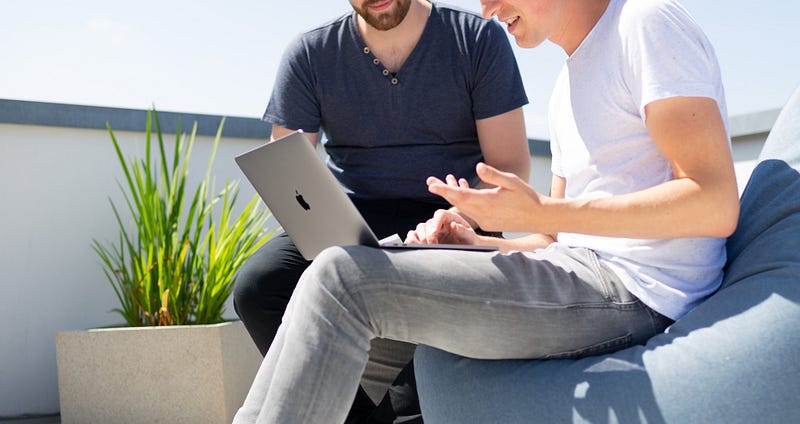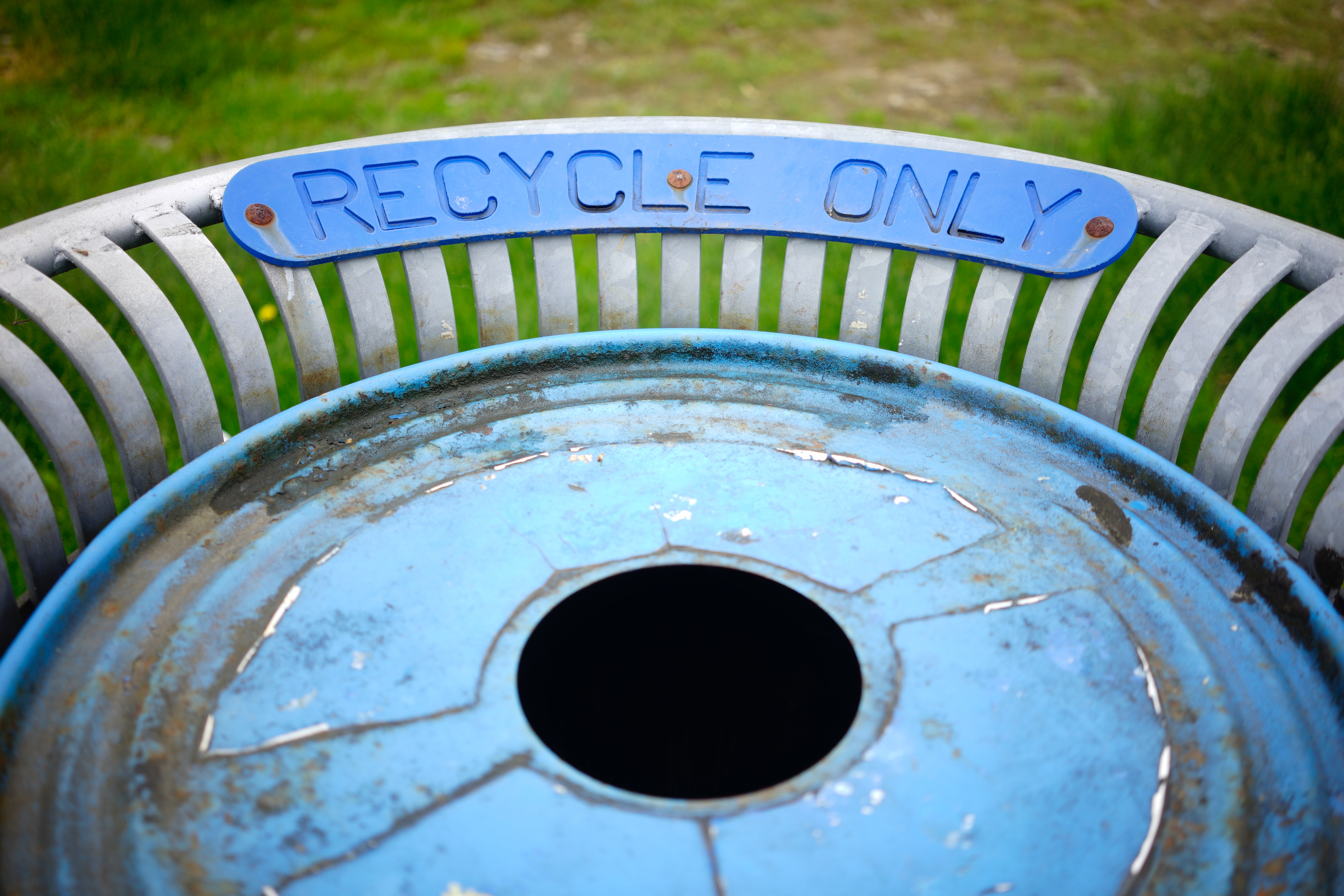There’s no denying that we’re currently living in uncertain times.
The spread of COVID 19 has caused intense economic turmoil. Businesses all over the world are closing. The markets keep tumbling. And governments are doing everything they can to keep our economy somewhat stable.
But even before the outbreak, most people were already stressed about their finances.
- According to a new report from Thrive Global and Discover, money is the #1 stressor in the U.S. with 50% of people feeling unable to control important financial aspects of their lives.
- The American Payroll Association surveyed around 29,000 people and found that 74% of Americans are living paycheck to paycheck.
- The U.S. Federal Reserve found that 44% of people aren’t able to cover a $400 emergency expense!
We all dream of financial freedom. But instead of taking control of our situation, many people default to the “safe” choice of sticking with an uncertain job and hoping for the best.
Yet if you’re looking for inspiration on ways to find financial freedom in the current economic climate, you might have to look somewhere unexpected. The trashcan.
“How much would you pay for someone else’s garbage?”
In the depths of the last recession, Basecamp founder Jason Fried wrote a post about how other industries were turning “waste” into profitable businesses.
“The lumber industry sells what used to be waste — sawdust, chips, and shredded wood — for a pretty profit. Today you’ll find these by-products in synthetic fireplace logs, concrete, ice strengtheners, mulch, particle board, fuel, livestock and pet bedding, winter road traction, weed killing and more.”
The same goes for corn farmers (food supplements like MSG or even ethanol in your gas tank), oil producers (cosmetics, plastics, detergents…) and tons of other industries.
Instead of seeing these items as “waste”, these companies call them “by-products”. And they’re big business.
But you don’t have to be a lumber producer or corn farmer to make a profit from by-products. You don’t even have to produce something in the first place!
There’s a successful business model anyone can create just by looking in someone else’s trash can.
Airbnb, Turo, and the “magic” of selling leftovers, by-products, or overlooked items
Airbnb helps you make money by renting out space you’re not currently using (at least that was their original pitch!)
Turo lets you rent out your car when you’re not using it.
Depop helps you sell clothes you don’t wear anymore.
All of these businesses took something that seemingly had no value and made it lucrative.
But that’s not why they’re successful (or at least not the only reason).
What makes these business models “magic” is how you perceive the gain you’re making when you use them.
Here’s an example:
Let’s say you inherit a glass candy bowl from your Great Aunt Edna. You liked Edna and you like the bowl but you already have too many candy bowls as it is! (A common problem for all of us).

You think it’s worth $20. But you don’t know who to sell it to or how. Then a company comes along and says they’ll help you sell the bowl for $40. They’ll keep $10 and you make $30.
Good deal, right? You made more than you wanted and someone else did all the work.
Now, let’s say the candy bowl actually came from Great Aunt Jane. You didn’t like Jane so much and she had poor taste in candy bowls. So bad, in fact, that you want to throw that bowl in the trash (effectively valuing it at $0).

But the same company is willing to sell it for you for $40. And they do!
This might seem like the same outcome (you get $30 for a bowl).
But in the second case, you’re making that money from something you thought was valueless, which makes it feel like a better deal—3X as good, in fact.
Every business creates customer “waste”

Candy bowls aside, you can use this same approach to build a successful business. But the waste isn’t a product. It’s a person. (Not that I’m saying people are waste!)
Every business out there has customers they’ve sold to in the past and then forgot about.
Has the salesperson you bought a car from 3 years ago been in touch lately? Probably not.
But if they followed up with you, would you likely buy your next car from them or refer them to a friend? You probably would.
Every business has a huge pile of past customer “waste” that could be turned into future value.
Here’s how entrepreneur Dane Maxwell explains it:
“In the niche of real estate, the average homeowner purchases a home once every ~12 years.
So as a realtor, if you had a list of 500 people you stayed in touch with and divided that list by 12 years, you’d sell 41 homes a year.
If the average commission of those sales was $3000, that’s over $120,000 a year just by keeping in touch. No extra marketing. No expenses.”
(Dane wrote an in-depth guide on building a follow-up business like this with example sales pitches, scripts, and ads you can use here.)
So why don’t more businesses follow up? They don’t know the value of their “waste”.
And their neglect is your opportunity.
How to build your own business by selling to someone else’s “lost” customers

Lots of realtors actually do pay for help keeping up with past clients. In fact, there’s a multi-million-dollar company called Service For Life that does it for them and charges $70/month.
For less than $1000 a year, realtors get leads on over $120,000/year in sales! Who wouldn’t pay for that?
As a scrappy entrepreneur, side hustler, or someone looking to make a little extra cash, you can use this same business model for any other niche you can think of.
Let’s use massage therapists as an example.
Service professionals like massage therapists rely on repeat customers to keep their calendars full. But most of them rely on the customer to repeatedly book in.
And if they don’t? They assume they’re a lost cause.
However, if they sent a text or email to all of these past clients each month with a short message, how many of them would remember to book in?
“Take a few deep breaths into your belly and remember to enjoy yourself today. How have you been? If you’d like a relaxing massage this month let me know. I’m here for you. Signed, Your massage therapist.”
Even at a 10% conversion rate, that’s a whole lot of “new” business each month.
But again, most people don’t want to do this work. Or they’re too “busy”. This is where you can build a business to help them.
Reach out to a local business you think could benefit from a system like this and ask them a few questions:
- Find out everything they are currently doing for follow up
- Ask what they are happy and unhappy with, in regards to their follow up process
- Find out the customer value, low to high. Find a fair price for your service based on the results
- Ask if they understand the true goal of follow up, which is to make sure the customer is happy and find out how their customers are doing
All your “business” really is, is the messages that will be sent, a timeline of when and how frequently they’ll go out, and monitoring the results. That’s it!
Right now, everyone’s looking for more ways to bring in revenue without spending more
As Jason Fried explains:
“Selling your by-products is even more lucrative in tough economic times.”
Every business wants to raise revenues without raising expenses. And that’s effectively what you’re doing for them here.
Just like the candy bowl example, you’re selling something they thought had little to no value.
You’re turning their “waste” into a by-product of your own device. And they will pay you for it.
So take a look around you.
What “waste” do you see that could turn into a profitable business?
Where are other businesses throwing things in the trash that could be recycled and reused?
Sometimes the best ideas come from the most unlikely places.


